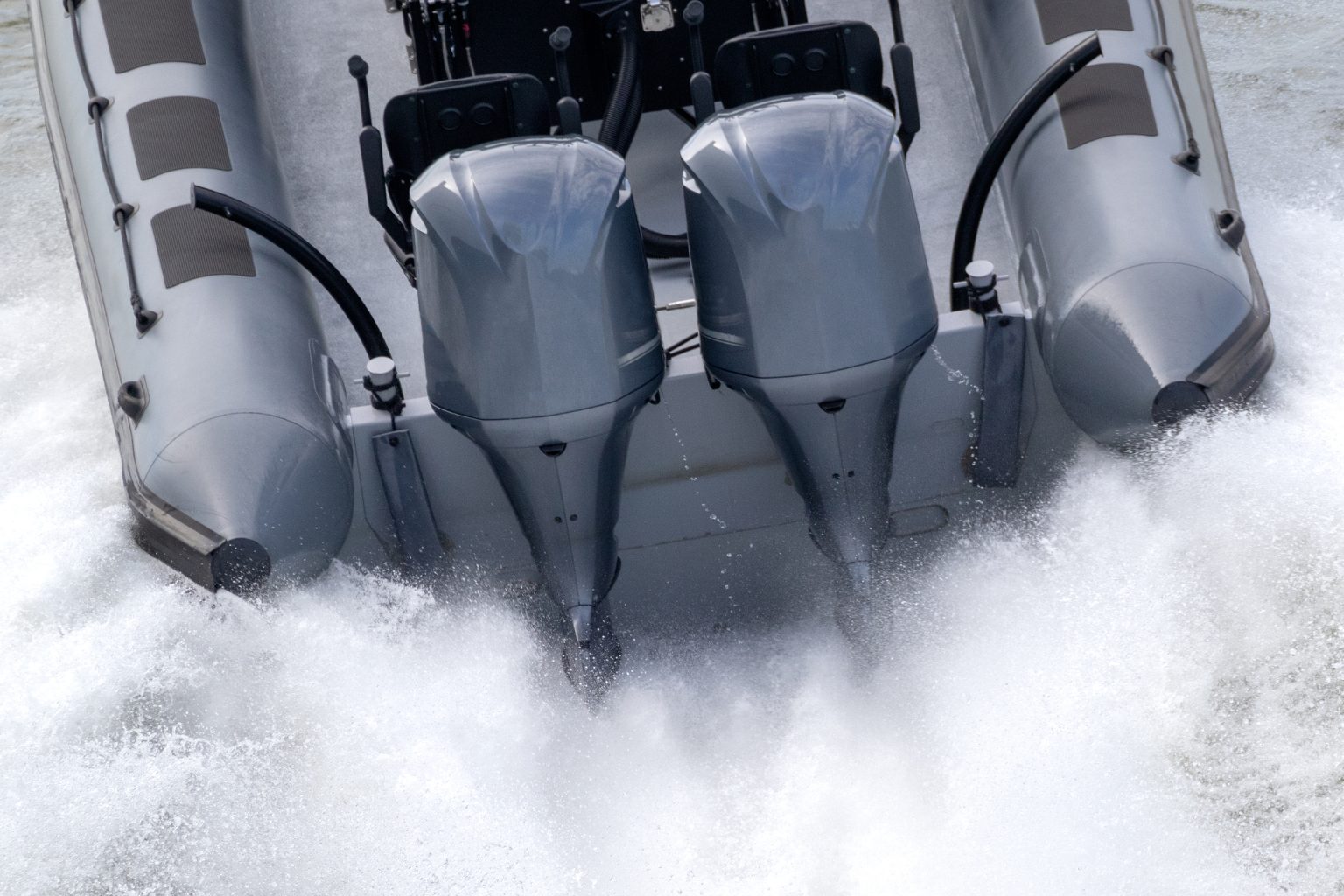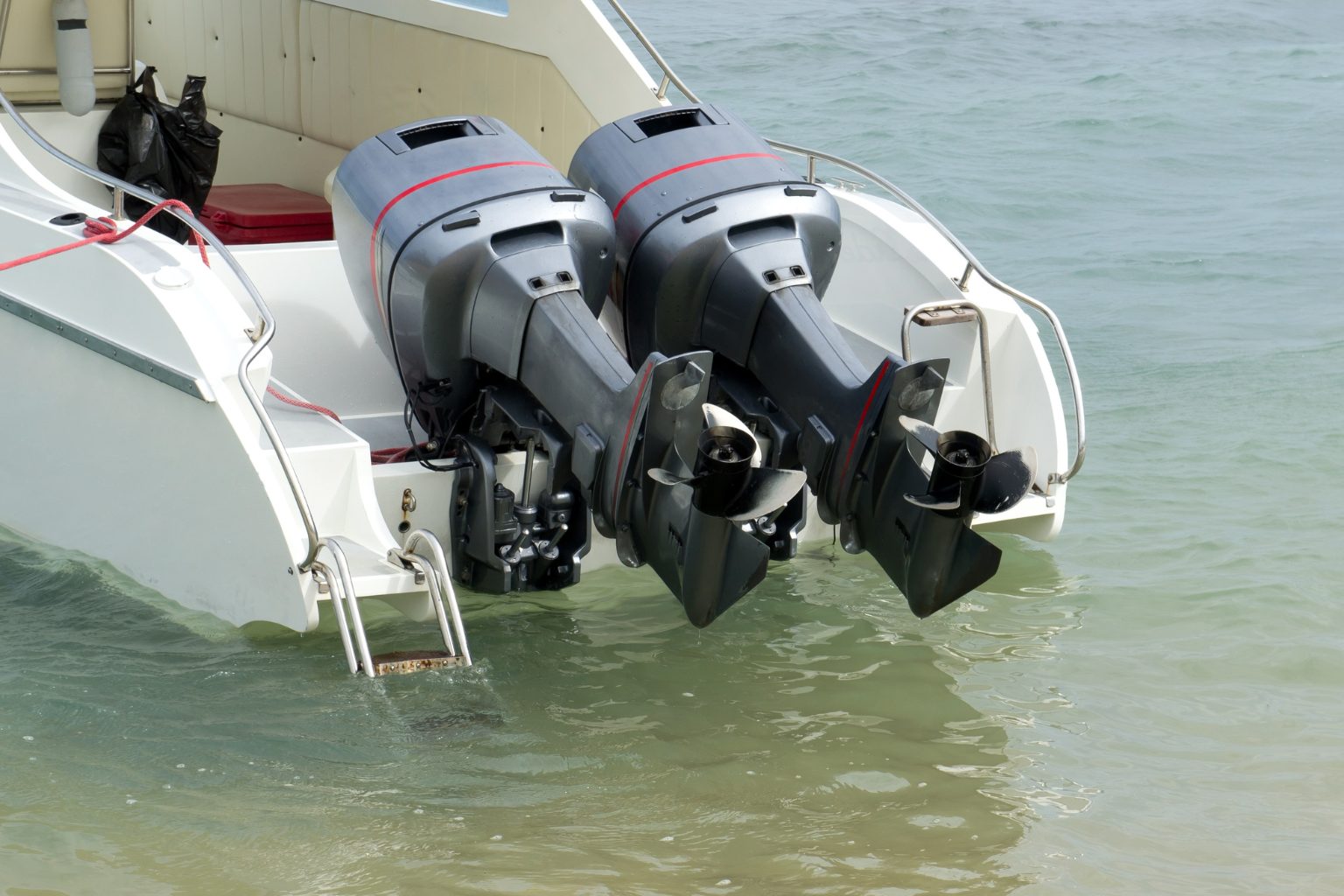If you’re thinking about purchasing or upgrading a boat, understanding its engine and propulsion systems can help you find the one best suited to your needs and activities. An inboard motor is mounted inside a boat’s hull and uses an internal propeller or jet drive to propel the vessel forward. Here’s everything you need to know about the inboard motor for a boating experience.

How Does a Boat Motor Work?
Power generated by an engine, measured in horsepower, can have a strong effect on how fast a boat travels. But other factors, such as the size and weight of the boat, and the type of watersport being undertaken, also play an important role here.
Outboard engines are typically powered by modified two or four-stroke engines designed specifically for boats. They are connected to a drive shaft that leads to a propeller, which runs a boat. Inboard engines are situated within a boat’s hull and connected to its propeller via a drive shaft that runs along its centerline.

Inboard Engine VS an Outboard Engine
Boaters with both inboard and outboard engines should carefully consider which motor best meets their personal preferences, usage needs, and budget before making their selection. It is crucial to take key differences into consideration prior to making a purchase decision. There are some differences between these motor types:
Inboard Engines
An inboard motor is an engine installed inside the hull of a boat and connected by a drive shaft to its propeller, typically through its drive shaft. These types of propellers offer wider power ranges on larger boats and are usually more cost-effective options than outboard engines.
Depending upon the layout of a boat, inboards can utilize various drive systems. Direct drives utilize a straight shaft protrusion from the bottom of the hull that protrudes downward to reduce engine power loss. V drives utilize a series of gears to transfer that power directly to the propellers.
While inboards tend to be more powerful than outboards, their maintenance requirements and operating in tight spaces often make maintenance challenging.
Outboard Motor
Outboard motors, on the other hand, are simpler and easier to service compared to their inboard counterparts, while being lighter for use on smaller boats. Also, outboards are cheaper and can easily be removed from the water storage during the wintertime for winter storage purposes. Their versatility and compact design make them ideal for a variety of water sports, including water skiing and wakeboarding, where quick acceleration and maneuverability are essential.

Boat Propulsion with Inboard Engines
Depending on the design of the boat, inboard propulsion can be achieved via several methods. One of the most widely utilized is the direct drive system. These put the engine close to the propeller and offer better handling with a low center of gravity and efficient power transference.
Stern Drive Propulsion Systems use four-stroke marine engines modified for marine use to power a shaft that connects directly with a propeller, unlike outboards, which also serve to steer. Instead, inboard engines rely on steering provided by an inboard rudder behind the propeller, controlled via the steering wheel for steering purposes.
Types of Inboard Engines
Understanding the various engine options can have a tremendous effect on how much fun you have on the water. Learning more about each type will enable you to make an informed decision that matches up with your priorities and boating activities. Here are some important types of propellers.
Inboard engines are installed inside a boat’s hull, making them quieter and more energy-efficient than outboard motors. Furthermore, their more streamlined appearance reduces drag caused by exposed propellers; plus, less direct contact with salt water means reduced maintenance requirements and cleaning needs.
There are various kinds of inboard boat engines, including:

Direct-Drive
Direct-drive inboards use a straight rod from their engine to their propeller to minimize power loss and deliver more power. However, this setup takes up space in the center of the boat, reducing seating options and limiting the use of the transom area for other activities.
V-Drive
V-drive inboard engines differ from direct drive by using a gear system to increase power and torque for larger boats, as well as a camshaft to control valves for better performance and fuel efficiency. While inboard engines typically provide more power, some models are designed with less horsepower to suit smaller boats or specific boating needs.
Stern Drive Engines
Stern drive engines combine the best features of both outboard and inboard systems. They’re connected to a drive unit resembling an outboard’s lower gearcase and used for steering. Plus, these engines power propellers and rudders that create predictable wakes for waterskiing and wakeboarding.
Drawbacks of the Inboard Engine
The main disadvantage of inboard-powered engines is that the entire engine occupies more space in the hull, restricting interior floor space and cabin accommodations. Additionally, their exposed position makes them prone to humidity and salt spray, which can lead to corrosion on internal components and electrical systems. Fuel consumption in inboard engines can be higher compared to outboard motors, especially at higher speeds, due to their larger size and power output.

Conclusion
Inboard motors have long been the powerhouse of serious boating. Their placement inside the hull gives boats a lower center of gravity, improving balance and stability in choppy waters. As long as you choose the right drive system, you’ll have the perfect balance of power and efficiency for your boating style.
Power Your Boat’s Performance with Prop Depot’s New Propellers
If you’re serious about improving your boat’s performance, pairing your inboard motor with the right propeller is key. And, Prop Depot has just what you need. Our new line of high-performance marine propellers is engineered for precision and smooth power delivery. Our experts can help you select the perfect propeller size, pitch, and blade configuration for your specific engine and hull design. Contact us today to explore our latest propeller collection and experience the difference in performance, power, and precision that every boater deserves.
